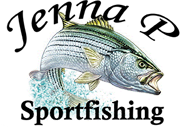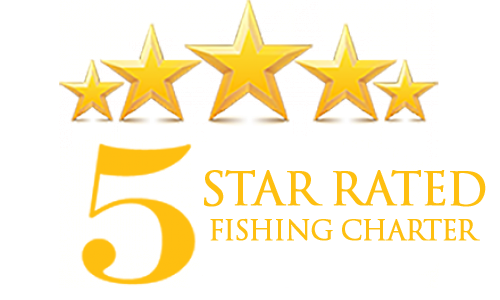Nestled along the Atlantic coast, New Jersey boasts a vibrant marine ecosystem teeming with an abundance of prized gamefish. Among the most coveted species for anglers seeking summer thrills is the fluke, also known as summer flounder. With its delectable flesh, impressive size potential, and spirited fights, fluke fishing in New Jersey offers anglers of all skill levels an exhilarating and rewarding experience. Let’s embark on a journey into the world of fluke fishing in New Jersey and uncover the techniques, tactics, and allure that define this cherished pastime.
**The Fluke: A Coastal Gem**
The fluke, or summer flounder, holds a special place in the hearts of anglers along the Jersey Shore. With its distinctively flattened body, mottled brown coloration, and mesmerizing eyes, the fluke is an iconic inhabitant of New Jersey’s nearshore waters. Renowned for its delicate flavor and tender texture, fluke ranks among the most sought-after table fare among seafood enthusiasts.
**Prime Season and Habitat**
Fluke fishing in New Jersey reaches its peak during the summer months, as warming water temperatures trigger the migration of these prized gamefish into nearshore and inshore waters. From May through September, fluke congregate in shallow bays, estuaries, and along the sandy flats, where they feed voraciously on baitfish, squid, and crustaceans.
Anglers targeting fluke often focus their efforts in areas with favorable habitat characteristics, such as sandy bottoms, mussel beds, and submerged structure. Inlets, channels, and tidal rips serve as natural highways for fluke, offering anglers strategic locations to intercept these elusive predators as they move in search of food and favorable currents.
**Tactics and Techniques**
Mastering the art of fluke fishing requires a combination of skill, knowledge, and adaptability. Anglers employ a variety of tactics and techniques tailored to the prevailing conditions and behavior of fluke:
1. **Bottom Fishing**: Bottom fishing is the most common technique employed by anglers targeting fluke in New Jersey. Using light to medium spinning or conventional tackle, anglers deploy baited rigs or jigs to the seafloor, where fluke lie in wait for passing prey. Baits such as squid strips, Gulp, spearing, and strips of bluefish or mackerel are favored by fluke and can entice strikes when presented effectively.
2. **Drifting and Drift Fishing**: Drifting over productive flats, channels, and structure-rich environments can yield impressive results when targeting fluke. Anglers deploy fluke rigs or bucktail jigs, allowing them to cover expansive areas of water and present baits or lures at various depths and locations. By monitoring drift speed, wind direction, and tidal currents, anglers can optimize their presentation and increase their chances of success.
3. **Teaser Rigs**: Teaser rigs, consisting of a bucktail jig adorned with brightly colored skirts or soft plastic trailers, are highly effective for enticing fluke to strike. Anglers rig teaser rigs above their main baited rigs, creating a visual attractant that mimics the movement and appearance of schooling baitfish. Teaser rigs add an extra dimension to the presentation and can trigger aggressive strikes from fluke patrolling the area.
4. **Artificial Lures**: Casting and retrieving artificial lures such as bucktail jigs, soft plastics, and swimbaits can also yield success when targeting fluke. Anglers probe shallow flats, submerged structure, and tidal currents, enticing fluke with lifelike presentations that mimic the movement and behavior of their natural prey. Experimenting with different lure colors, sizes, and retrieval speeds can help dial in the most effective presentation for enticing fluke to strike.
**Conservation and Sustainability**
As stewards of New Jersey’s marine resources, anglers play a vital role in promoting conservation and sustainability practices when targeting fluke. Adhering to size and bag limits, releasing undersized or out-of-season fish, and minimizing environmental impact are essential principles that help preserve fluke populations for future generations to enjoy.
By supporting habitat restoration efforts, advocating for responsible fishing practices, and promoting awareness of marine conservation issues, anglers can contribute to the long-term health and sustainability of New Jersey’s marine ecosystems and the diverse array of fish species they support.
**Conclusion**
Fluke fishing in New Jersey offers anglers an exhilarating opportunity to connect with nature, test their skills, and savor the thrill of the chase. Whether drifting over sandy flats, probing rocky outcroppings, or casting lures along tidal currents, the pursuit of fluke captivates anglers with its challenges and rewards.
As anglers ply the coastal waters in search of these elusive predators, they forge memories, celebrate traditions, and embrace the timeless pursuit of excellence on the water. In the world of fluke fishing, the journey is as enriching as the destination, beckoning anglers to explore the depths, cast their lines, and revel in the wonders of the marine environment that surrounds them.


